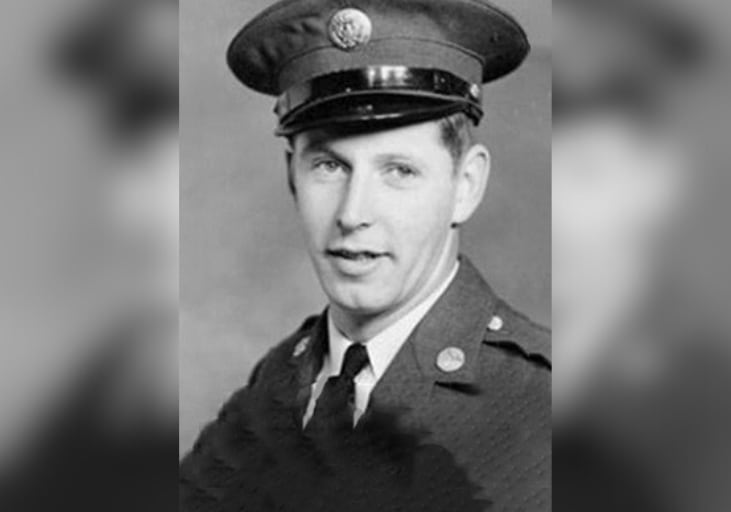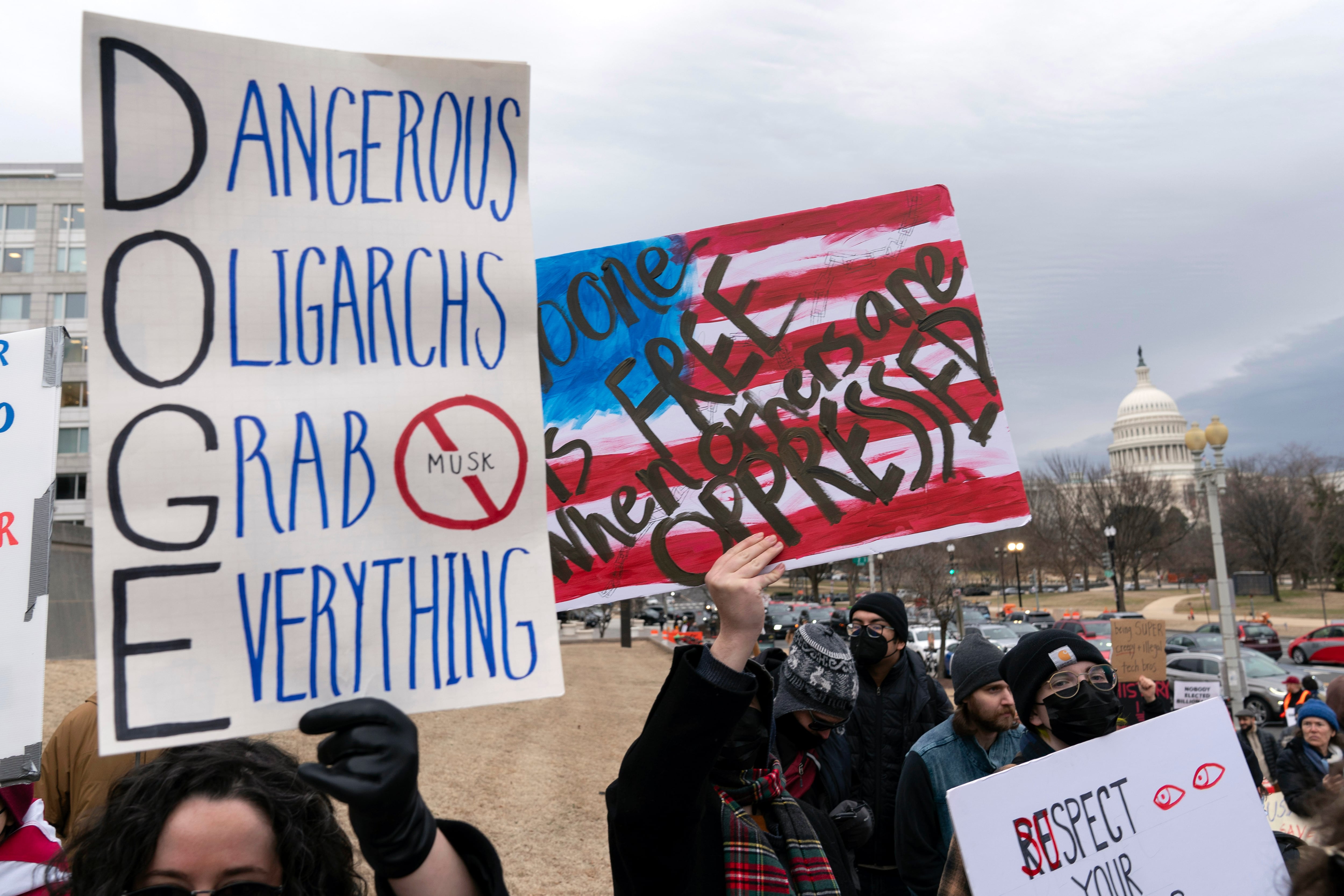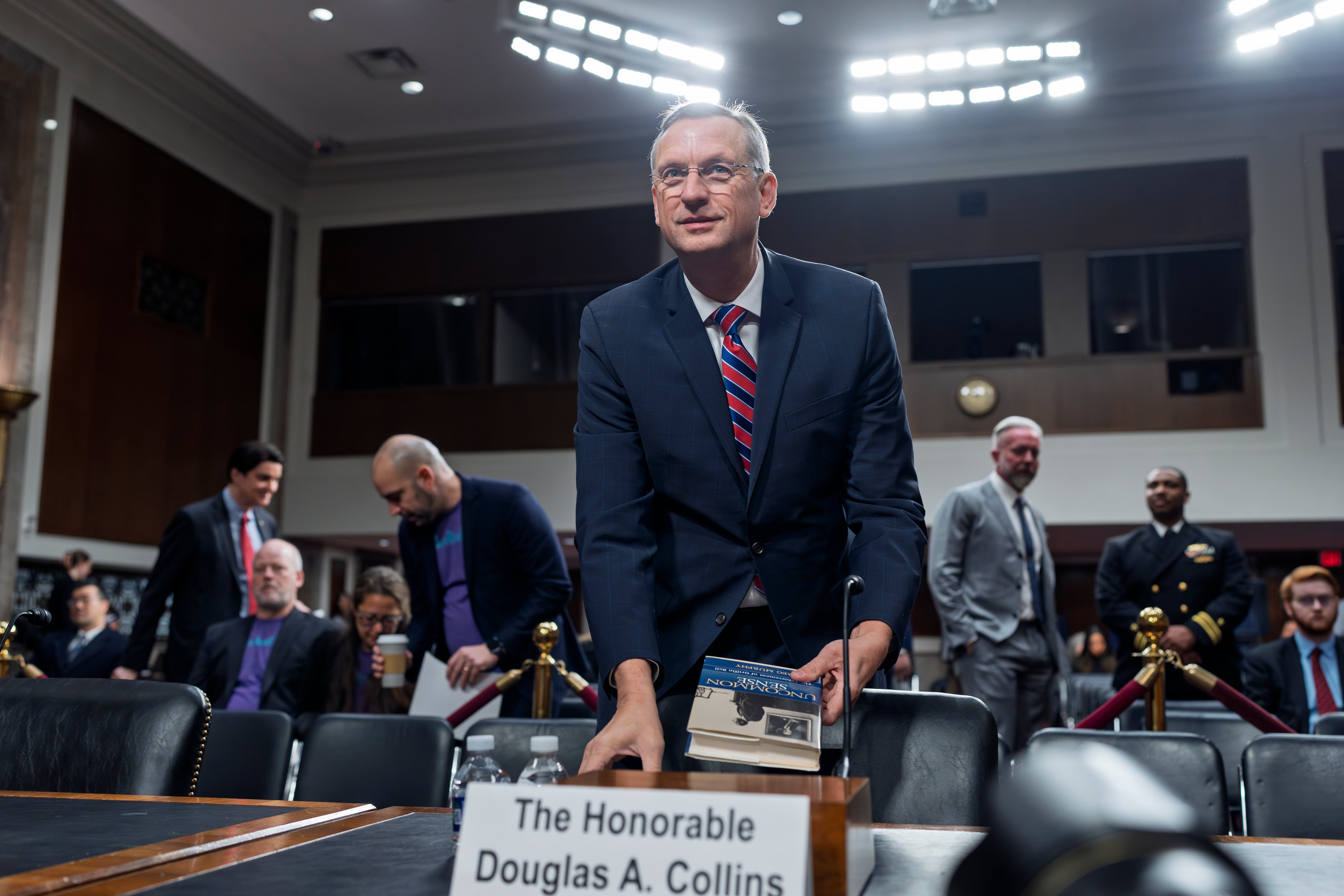This article is co-published and co-reported with the The Texas Tribune, a nonprofit newsroom that informs Texans about state policy and politics. Sign up for The Brief, its daily newsletter.
For the past year and a half, Gov. Greg Abbott has made border security his priority and the centerpiece of his reelection campaign.
He’s put $4 billion on the line to do so, initiating construction of a border wall and sending thousands of National Guard service members and state police to patrol the border with Mexico for months on end in his highly touted Operation Lone Star.
And over 18 months, he has taken unprecedented measures to curb illegal immigration — arresting and jailing migrants on state criminal charges; spending millions on bus tickets to send them to other cities; and for a few days, nearly shutting down international trade with Mexico to increase inspections of commercial trucks entering into Texas. He has repeatedly blamed President Joe Biden for an increase in migrants and called for the federal government to reinstate former President Donald Trump’s tougher immigration policies.
But despite those efforts, the number of migrants officials encounter at the Texas-Mexico border is higher today than it was before Operation Lone Star began, according to data reported by U.S. Customs and Border Protection.
The number of migrant encounters at the Texas-Mexico border has climbed from 109,456 in March 2021, the month the mission began, to 116,976 in August — a slower rate of growth than at other parts of the border but a failure of Abbott’s office’s stated desire to “stop this revolving door and deter others considering entering illegally.”
This month, federal authorities said the number of migrant encounters at the entire southwest border exceeded 2 million in August. That’s the first time in history that threshold has been hit. Authorities expect it to rise to about 2.3 million by the end of the fiscal year on Friday.
In his weekly border mission updates, Abbott touts successes: 334,000 migrant apprehensions by state officials; 19,000 criminal arrests; seizures of 5,500 weapons and 336 million doses of lethal fentanyl. “All of which would have otherwise made their way into communities across Texas and our country thanks to President Biden’s open border policies,” his spokesperson Renae Eze said.
Yet the continued pace of migrants at the state’s southern border calls into question the effectiveness of a state policy intended to stem border crossings that is costing the state the equivalent of the average annual college tuition and fees at a public university for 395,000 students.
Abbott and his supporters say the mission is working and that border crossings would be even higher if not for his measures.
“As border communities have been overrun and overwhelmed by this ongoing crisis, Texas has sent significant resources to help our local partners, including financial and law enforcement support and busing migrants to sanctuary cities Washington, D.C., New York City, and Chicago to provide relief,” Eze said in a statement responding to a request for comment for this story. “Until President Biden and Congress step up and do their jobs to secure the border, Texas will continue utilizing every strategy to protect Texans and Americans.”
She did not address the increase in migrant encounters at the Texas border this year despite Operation Lone Star’s efforts.
Abbott is the latest leader to encounter the challenges of governing the border. While it’s easy to cite rising numbers and accuse opponents of not doing enough, many of the factors driving migration — economics, natural disasters and the pandemic — are out of the leaders’ control.
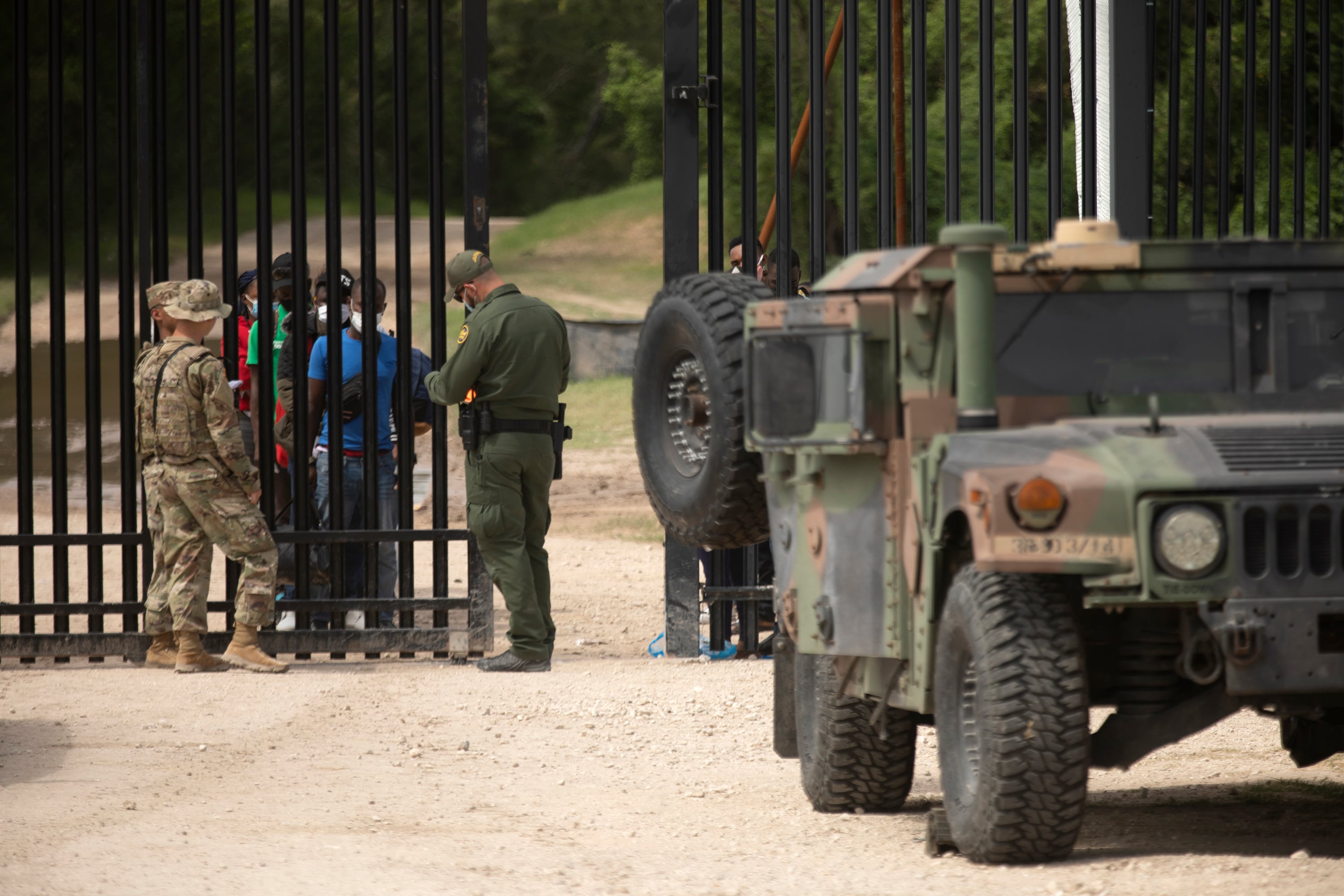
While Abbott has pointed to Biden as the reason for the increase in migrants at the border, court rulings have largely left Trump’s most significant immigration restrictions intact until recently. Biden tried to do away with Title 42, a pandemic-era public health order that immigration authorities used to turn away migrants, including asylum-seekers, at the border. A federal judge blocked that move in May, and the program has remained in place.
Meanwhile, the Biden administration scored a recent win this summer when the U.S. Supreme Court ruled in June that it could do away with the Trump-era “remain in Mexico” policy, which required some asylum-seekers to wait in Mexico for a decision on their applications for protection in the U.S. Biden officially lifted the policy in August.
Critics say Abbott needs to explain why the migrant encounters reported by federal authorities at the state’s border have remained high 18 months into Operation Lone Star.
“The state’s goal is deterrence. That’s what they’re saying. The governor says it, the Senate leadership says it. The whole leadership says it,” said Jaime Puente, an immigration policy analyst at Every Texan, a left-leaning think tank. “Clearly, it’s not working because people are still coming.”
From his right, Abbott has endured complaints that his policy doesn’t go far enough.
“They’ve built more wall, that’s great. They’ve seized more drugs, obviously that’s good. There are safety additions that have happened because of Operation Lone Star,” said Ken Cuccinelli, a former Trump immigration official and a senior fellow at the conservative Center for Renewing America. “But the numbers crossing the Texas border have gone up, not down. So that element of it has not been successful.”
Migrant encounters track the number of people arrested by Border Patrol agents in between ports of entry or denied admission into the country at a port of entry and deported. That includes asylum-seekers who are, depending on their circumstances, either immediately expelled to Mexico, deported to their home country or released into the U.S. while they await the processing of their asylum application.
Holding the line
Migrant encounters are only one measure of the impact of an immigration policy, and an imperfect one at that because the state can not control external factors that affect when migrants will attempt to cross the border. They also do not measure how many people cross the border without detection.
And importantly, encounters include migrants who repeatedly attempt to cross the border more than once as separate encounters, which inflates the number of unique migrants trying to cross the border.
That has especially been the case under Trump-era programs like Title 42 and remain in Mexico. Both programs allowed immigration officials to send migrants back to Mexico rapidly, leading to an increase in attempts to cross by the same person. During fiscal year 2021, 27% of migrant encounters were with people who had already tried to enter the country at least once during the same fiscal year, according to CBP.
But there are signs Abbott’s program is having an impact in Texas.
During the time Operation Lone Star has been in effect, Texas has seen a 6.9% increase in the total monthly migrant encounters reported at the border. During that time, Arizona has seen a 36.3% increase, California has seen a 30% increase and New Mexico has seen a 47% increase.
Victor M. Manjarrez, the director of the Center for Law and Human Behavior at the University of Texas at El Paso who worked for U.S. Border Patrol for 22 years, said that is a sign that Operation Lone Star is working as intended.
“Sometimes, holding the line, keeping it stagnant and not increasing it is a success,” said Manjarrez, who was the chief patrol agent in the Tucson, Arizona, sector before retiring. “Why would that hold steady [in Texas] and other areas increase [where] nothing has changed? I would definitely start looking at that, and if I were [Abbott], I would be talking about that. I’d say you weren’t able to decrease it because of a federal issue, but we kept the impact lower than it could be.”
Still, the total number of migrant encounters across the entire southwestern border has increased over the last fiscal year, meaning some of those migrants could be avoiding the Texas border and trying to enter through other states.
“Overall, the number is higher,” Manjarrez said. “But the governor is not the overall governor [of all the border states], he’s only the governor of Texas.”
Tony Payan, director of the Center for the United States and Mexico at Rice University’s Baker Institute for Public Policy, said whether they enter through the Texas border or another state, people destined for the job opportunities in major Texas cities can find their way there.
“They can’t make it through the front door, but the back door is open,” he said. “They can get on a bus and make it here to Texas for jobs, and that exhibits the faulty line in that the governor has chosen to make a state effort up and against the federal government.”
Supporters of Abbott’s border efforts admit that without a cohesive plan by the federal government to decrease migration at the border, state efforts to stop the movement of migrants to border states will be limited. But they appreciate the effort, saying troopers and National Guard members have helped put more people on the border to detect migrants attempting to enter the country in between ports of entry.
They’ve also seized illegal drugs and contraband that otherwise would have made it further into the country, they say. Those seizures are on top of what customs agents find at ports of entry, though previous reporting by ProPublica and The Texas Tribune has shown that early in its reporting, the state included drug seizures and arrests in its Operation Lone Star counts that were made outside of areas that have received support from the border mission.
“The Governor of Texas has done and is doing just about all he can and having success under the difficult conditions created by Biden’s unwillingness to help,” said Greg Sindelar, CEO of the Texas Public Policy Foundation, a conservative think tank.
During a news conference in July, local officials from border counties thanked Abbott for the support the border mission had lent their jurisdictions but said more needed to be done. Some have called on him to take legally dubious action to allow state authorities to deport migrants. Deportations are under federal jurisdiction.
Kinney County Sheriff Brad Coe said he believed he had seen the peak of the problem last year, when his office arrested 1,121 migrants attempting to cross through his county. But halfway through 2022, his office had already arrested more than 1,600 migrants.
“The governor is doing what he can, I understand,” he said during the news conference. “But I think there’s more that can be done from the federal system and the state system as well.”
Goliad County Sheriff Roy Boyd said at the same news conference that despite his county’s distance from the Mexico border, smugglers travel through the county on their way to some of the state’s biggest cities, which has overwhelmed his office. Although he echoed Coe’s sentiments, saying Abbott had “thrown them a lifeline” through Operation Lone Star’s aid, he also added that more help was needed as “our tide keeps rising and our burden keeps growing.”
Combatting a “crisis”
From the beginning, Abbott has characterized Operation Lone Star as an effort to combat a “crisis at our southern border” created by the Biden administration’s immigration policies, which he said “invite illegal immigration.”
During 2020, migrant encounters at the Texas border plummeted to around 9,000 in April, the month after COVID-19 pushed much of the country into quarantine. But it steadily picked back up to almost 41,000 in December 2020, Trump’s last full month in office.
When Biden took office in January 2021, and as the world began emerging from months of quarantines and lockdowns, the number of migrant encounters at the Texas border started rising more rapidly. By March of that year, when Abbott kicked off Operation Lone Star, migrant encounters in Texas had risen to over 109,000.
Although the first two months after the mission’s implementation showed slight decreases, the numbers started ticking back up in June 2021, when CBP reported over 116,000 migrant encounters at the Texas-Mexico border.
That month, Abbott announced that Texas would build a state-funded border wall to crack down on immigration, saying that “as prolific as [Operation Lone Star’s] results have been, it is clear that more is needed.” He set aside an initial down payment of $250 million to pay for the wall, which could ultimately cost billions of dollars.
As of this month, the state has completed 4 miles of permanent border wall as well as more than 100 miles of nonpermanent wall in the form of fencing and concertina wire, Abbott’s office said.
Abbott also announced what he called a “catch and jail” plan to arrest migrants for state crimes, like trespassing, and jail them. His goal was to deter migrants from entering the state by putting in place stiff consequences to stop what he called the “invasion” of homes on the border by migrants.
“We are not playing games anymore,” he told Fox News.
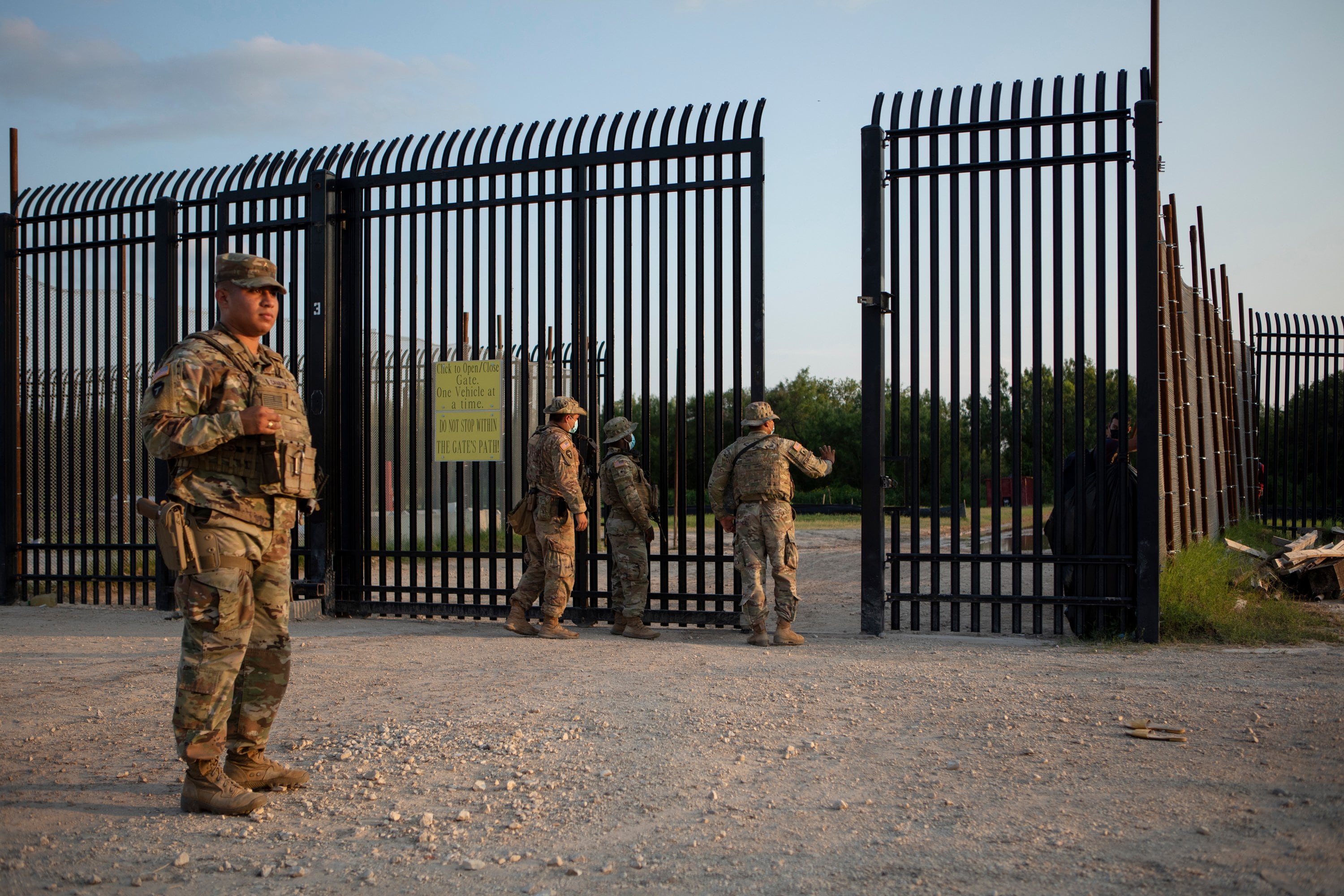
Migrant encounters climbed higher still with 145,000 in July 2021. By August, Abbott had increased the number of National Guard service members deployed to the mission to 1,000.
In September, the state made national headlines when an estimated 12,000 migrants, mostly Haitian, arrived in the border city of Del Rio after massive turmoil in their country. That summer, Haitian President Jovenel Moïse was assassinated, and a 7.2 magnitude earthquake killed more than 2,000 people. The large number of migrants forced Del Rio to temporarily shut down its international bridge as people camped out underneath it waiting to be processed. The city’s mayor declared a state of emergency and called on the state for assistance.
Days later, state officials increased the number of National Guard service members deployed to the mission to 2,500, five times the initial deployment. And by November, that number would grow to 6,500. (Abbott has said the operation has a full deployment of about 10,000 service members, but that includes thousands of Texas Military Department personnel who support the mission from elsewhere, like the department’s Austin headquarters.)
Service members have since expressed a loss of confidence in the mission. In interviews with the news media and in morale surveys, they have complained about the mission’s hasty mobilization, poor living conditions and the perception that they’ve been deployed on an unusually long mission to help Abbott win reelection. State officials say many of those issues have been rectified as the mission has continued.
In the fall of 2021, Abbott placed shipping containers and Department of Public Safety troopers on the banks of the Rio Grande in Eagle Pass as part of Operation Steel Curtain, which was meant to deter migrants from crossing into the country in that area.
“Texas is securing the border,” he said on social media.
As the state increased the number of National Guard service members stationed at the border, the number of migrant encounters dropped off, hovering below 106,000 for the next five months with a low in January 2022 of 89,000 encounters — the lowest since the mission’s start.
But by March, the anniversary of the mission’s start, migrant encounters at the Texas border had picked back up again, to 126,000 — more than 10,000 more encounters than the same month the previous year.
In April, Abbott took what was perhaps his most disruptive action. Citing the Biden administration’s plans to end Title 42, Abbott announced a plan for “enhanced” inspections of commercial vehicles at the state’s ports of entry, arguing that criminal organizations were smuggling humans and drugs into the country on 18-wheelers.
The vehicle inspections wreaked havoc on the state’s international ports, shutting some down entirely. The operation found no migrants or drugs, according to DPS, but it forced the governors of the four Mexican states that border Texas to enter into agreements that they would increase border security in their territories to slow down migration into Texas.
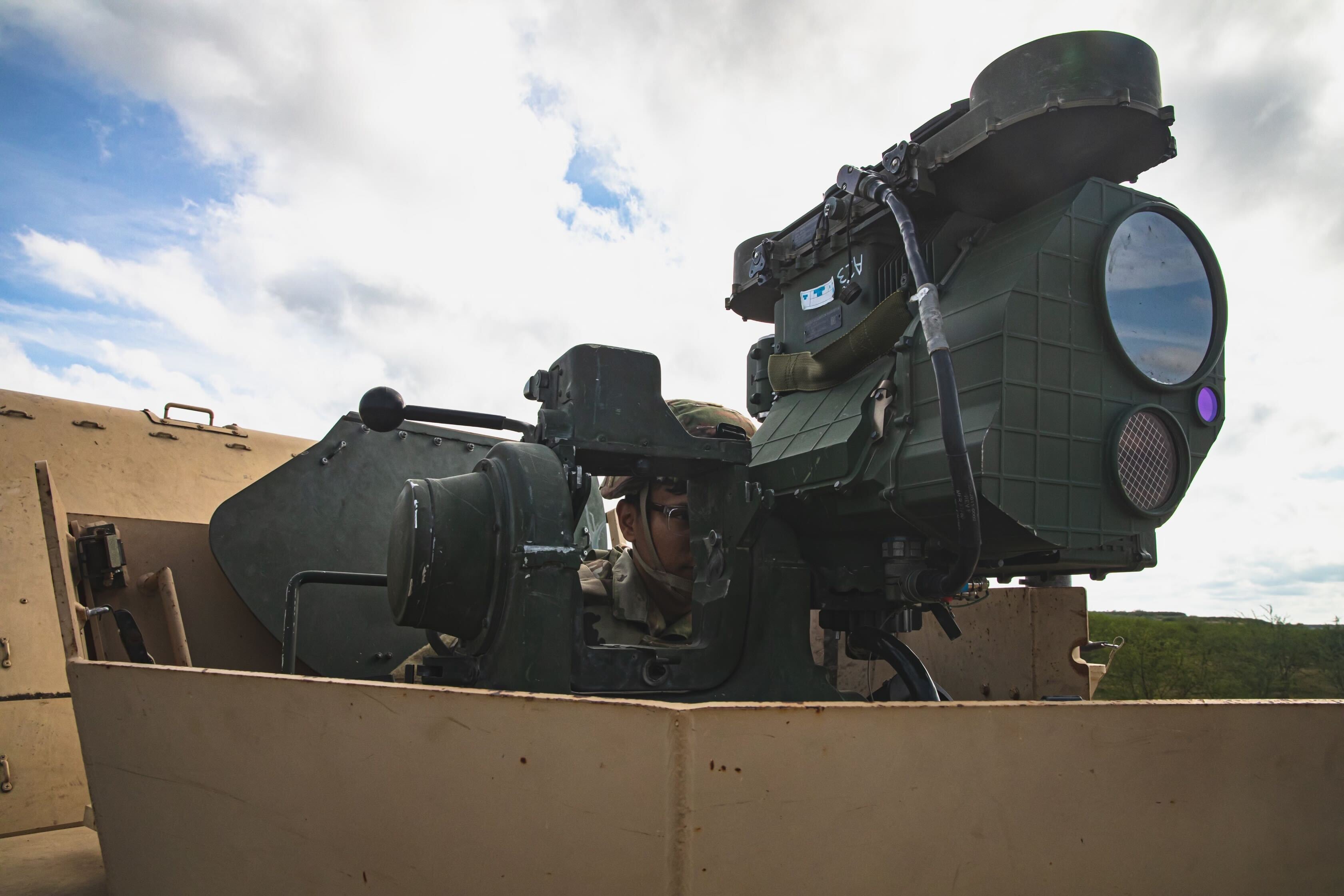
Abbott pointed to those agreements as “historic step[s]” the state of Texas was taking to secure the border in the federal government’s absence.”
“Until President Biden decides to fulfill his constitutional duty to secure the border, we will continue to do whatever it takes to protect the safety and security of all Texans,” he said in a statement announcing the agreements.
Payan said the continued high number of migrants at the state’s border shows a plateau in people attempting to migrate into the country. But it also shows that despite the state’s deterrence efforts, migrants have not been persuaded to avoid crossing into the state altogether.
“Any kind of deterrent effect was probably quite short-lived,” he said.
Local impact
For Brooks County Sheriff Urbino “Benny” Martinez, there’s no question about Operation Lone Star’s impact on his community.
“The governor has provided the extra resources so we can augment our needs,” he said. “It makes things a lot better.”
Martinez’s county in South Texas is one of the busiest corridors for migrants trying to enter the country. Most of the county is just south of a Border Patrol checkpoint in Falfurrias, which results in migrants trying to make their way on foot through ranches in the area in order to circumvent immigration authorities before being picked up by their handlers north of the checkpoint.
But in the scorching South Texas heat, many migrants die or need rescuing while attempting that trek. Just this year, Martinez said, the county has recovered the bodies of 75 migrants who died while trying to cross the terrain.
In the past, that amount of deaths would have sent his county scrambling to find room for the deceased, which the county helps repatriate to their home countries with the help of Border Patrol and foreign consulates. But last year, through border security grants provided by Abbott’s office, Martinez was able to purchase a morgue that can hold up to 40 bodies at a time, easing one of the steps toward reuniting deceased migrants with their families.
That benefits not only his county, but others that are also seeing an increase in the number of dead migrants who they find.
The funding has also helped Martinez boost the number of deputies he has in the field at any time by providing overtime pay and allowed the sheriff’s office to buy thermal drones used to spot migrants or cars trying to evade authorities.
The number of dead bodies his office recovers is still high, as is the number of “bailout” chases in which smugglers abandon the road and drive through ranch land to evade authorities, he said. But the grants at least provide him with financial and moral support.
“We feel more comfortable knowing the funding is there, whether it be for fuel, personnel or equipment. Overall, it’s a good initiative for counties that participate in,” Martinez said.
Payan, however, said those positive sentiments from local officials should not determine whether the program continues. That determination should be made on whether Operation Lone Star has had its intended effect on the number of migrants coming into the state.
“At the end of day, public policy should be judged by the outcome and actual results — the difference the public policy actions make on the direction of the problem you’re trying to address,” Payan said. “You can get all the moral support you need and feel like something is being done, but at the end of day, if the numbers don’t show it, it cannot possibly be argued that it is successful.”
Texas Tribune reporters Caroline Covington and Jolie McCullough contributed to this report. Davis Winkie from Army Times also contributed to this report.
Disclosure: Every Texan, Rice University’s Baker Institute for Public Policy, the Texas Public Policy Foundation and the University of Texas at El Paso have been financial supporters of The Texas Tribune, a nonprofit, nonpartisan news organization that is funded in part by donations from members, foundations and corporate sponsors. Financial supporters play no role in the Tribune’s journalism. Find a complete list of them here.



